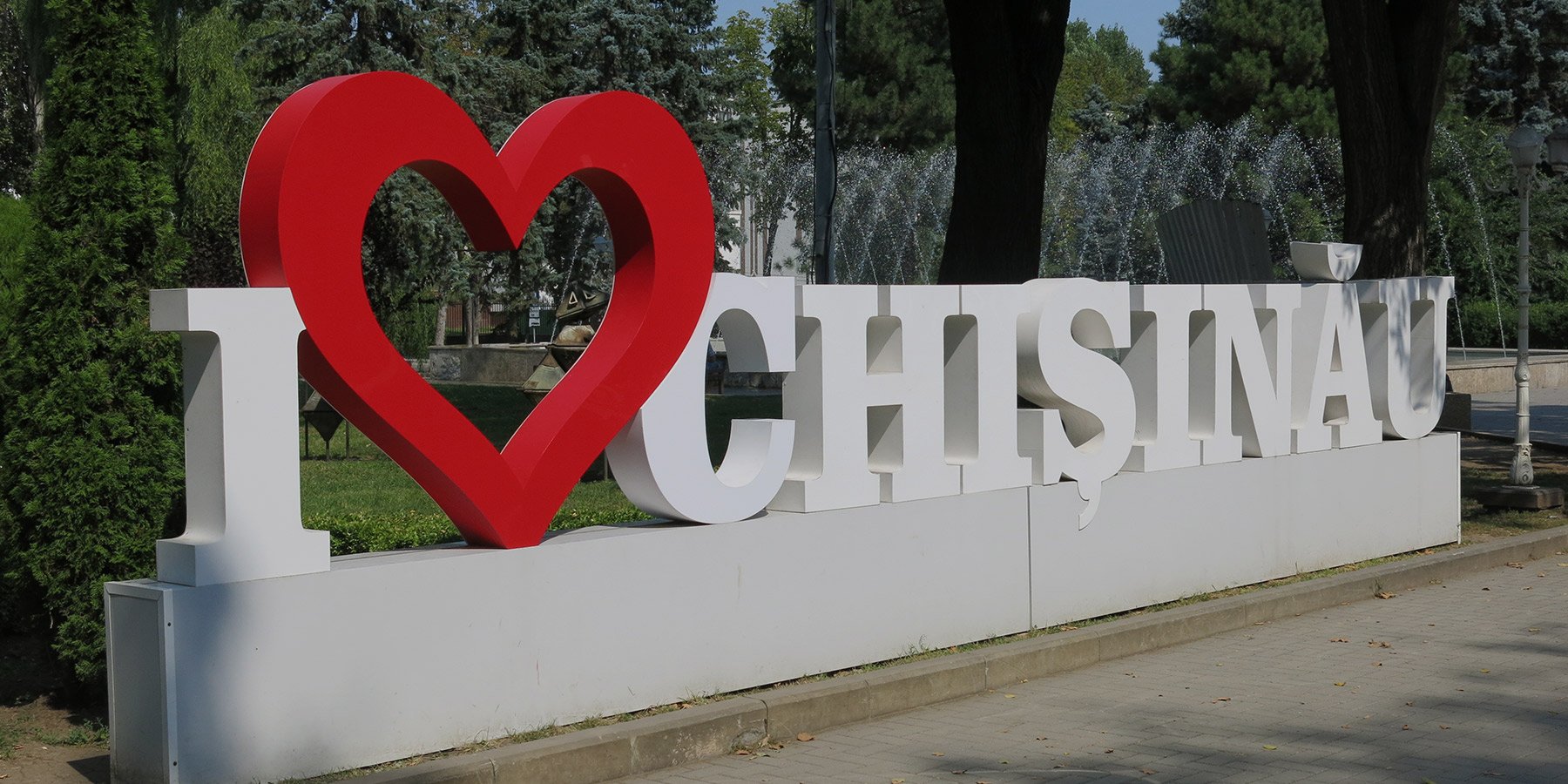Discover
Moldova
Sandwiched between Romania and Ukraine, Moldova’s cultural influences borrow heavily from neighbouring states and from a Soviet Socialist past. Indeed, those in Moldova’s self-proclaimed breakaway republic of Transnistria still seem to prefer hammer and sickle communism to liberal European democracy.
The tour visits the country’s capital, villages and main historic sites, and explores its winemaking tradition, in a short but intriguing week that can’t avoid contemporary geopolitics.
What to see on our
Moldova Group Tours
• Contrast the vast wine cellars of Cricova with the small family run Et Cetera winery
• Enjoy the relaxed capital of Chisinau
• Discover the autonomous region of Gagauzia
• Travel to Pucari and visit Chateau Pucari, the oldest and most famous winery in Moldova
-
Although many of our tours are small group adventures with set departures, as a bespoke operator, we can design and create trips to suit any traveller, from solos to larger groups.
Most of our popular group tours are available on a private basis, allowing you the freedom to decide on when you would like to travel. Below we have given some sample pricing based on one or two people travelling. To find out more about organising this tour on a private basis, or arranging the perfect holiday tailored to your requirements get in touch with our well-travelled team. Contact us by phone or email.
Moldova Discovery
6 Days Private Tour price based on one person travelling - from £2,560
6 Days Private Tour price based on two people travelling, sharing twin or double accommodation - from £1,420pp
Our Tours
Moldova
Moldova Discovery
Small Group Tour
6 Days from £1,095
Feedback from our Travellers
Best Time to Visit
The best time to visit Moldova is spring and autumn,
when you will avoid seasonal extremes
Jan
Feb
Mar
Apr
Sep
Oct
Nov
Dec
Best
Mixed
Poor
Aug
May
Jun
July





